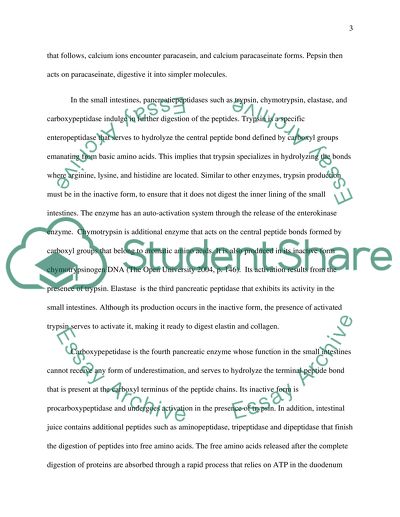Cite this document
(“Disassembling and Reassembling of Proteins Essay”, n.d.)
Retrieved from https://studentshare.org/biology/1491361--how-proteins-in-the-diet-are-disassembled-and
Retrieved from https://studentshare.org/biology/1491361--how-proteins-in-the-diet-are-disassembled-and
(Disassembling and Reassembling of Proteins Essay)
https://studentshare.org/biology/1491361--how-proteins-in-the-diet-are-disassembled-and.
https://studentshare.org/biology/1491361--how-proteins-in-the-diet-are-disassembled-and.
“Disassembling and Reassembling of Proteins Essay”, n.d. https://studentshare.org/biology/1491361--how-proteins-in-the-diet-are-disassembled-and.


